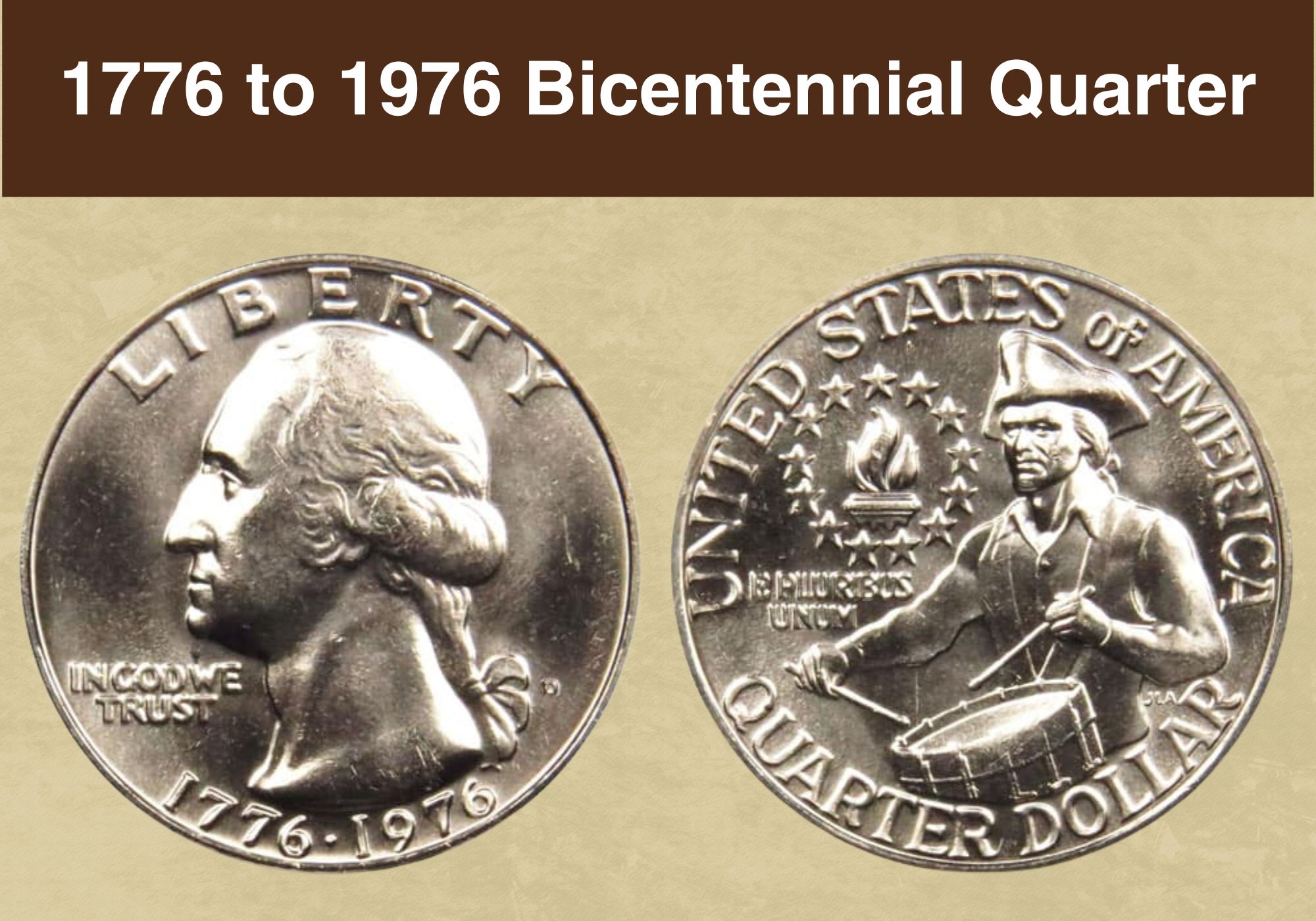
Coin Value Contents Table
- 1976 Washington quarter value
- History of the 1976 Washington Quarter
- 1976 Washington quarter Types
- Features of the 1976 Washington Quarter
- 1976 Washington Quarter Grading
- 1976 Washington Quarter Value Guides
- 1976 No Mint mark quarter value
- 1976 D quarter value
- 1976 S silver quarter value
- Rare 1976 Washington Quarter Error List
- Where to Sell Your 1976 Washington Quarter ?
- FAQ about the 1976 Washington Quarter Value
In 1976, the US Mint joined the Americans in the 200th-anniversary celebration of signing the Declaration of Independence by introducing commemorative coins. That was the first time to release such specially designed coins after 1954.
The 1776 to 1976 quarter dollar value depends on numerous factors since they are abundant on the market thanks to high mintage. Therefore, you should check each piece’s condition, composition, and mint mark before trading.
1976 Washington quarter value |
||||
| Quality | 1976 D clad quarter | 1976 no mint mark clad quarter | 1976 S clad quarter | 1976 S 40% silver quarter |
| Mint state 65 | $9.36 | $6.81 | / | $8.92 |
| Proof 65 | / | / | $5.84 | $10.21 |
History of the 1976 Washington Quarter
The bicentennial 1776 – 1976 Washington quarters (Colonial Drummer quarters) are commemorative coins minted from July 4, 1975, throughout 1976. In other words, it is impossible to find coins struck with the 1975 date, but all are dedicated to this important event in American history.
Even though the US Mint canceled the commemorative coin program in 1954, two centuries of American independence was a good reason to re-activate it. While the coin obverse stayed the same, except for an atypical date, the idea was to replace a traditional American eagle with a new temporary design.
1976 Washington quarter Types |
||
| Location | Year | Minted |
| Denver | Clad quarter with the D mint mark | 860,118,839 |
| Philadelphia | Clad quarter without the mint mark | 809,784,016 |
| San Francisco | 40% silver quarter with the S mint mark | 11,000,000 |
| San Francisco | Clad proof quarter with the S mint mark | 7,059,099 |
| San Francisco | 40% silver proof quarter with the S mint mark | 4,000,000 |
| Total | / | 1,691,961,954 |
Then-treasury Secretary George Schultz chose Jack Lee Ahr’s Colonial Drummer as a conceptual solution for the reverse. This talented engraver deservedly won the competition and got a prize of $5,000 for a unique idea.
Chief engraver Frank Gasparro was entirely satisfied and made only minor modifications to the lettering, drummer’s face, and drum. As mentioned, these coins were unique because of the double date, but the mintage of 1,691,961,954 pieces was high enough to make them common.
Most pieces were released into circulation as an effective measure to avoid hoarding. Besides, such patriotic design encouraged American pride and reminded Americans of their brave ancestors and the glorious past of gaining independence.
Also read: Top 13 Most Valuable State Quarters Worth Money
Features of the 1976 Washington Quarter
The situation with the 1776-1976 Washington quarters is specific because three mints produced five different coin types. Those in Philadelphia and Denver made only clad pieces for circulation. On the other hand, the San Francisco mint struck silver quarters and two proof coin types with different compositions.
The obverse of the 1976 Washington quarter
The US Mint kept John Flanagan’s design for this commemorative coin, which still depicted the first American President. Besides the unusual double date 1776-1976 along the bottom rim, you can see two inscriptions on this side, including:
- IN GOD WE TRUST
- LIBERTY
There are also designer initials JF and the mint mark on all coins besides those from Philadelphia.
The reverse of the 1976 Washington quarter
This coin reverse is adapted to the 200th anniversary of the US Declaration of Independence. Engraver Jack L. Ahr placed a colonial patriot drummer in the coin center and fulfilled the design with:
- A victory torch
- Thirteen stars surrounding the torch that symbolize the first states
- E PLURIBUS UNUM
- UNITED STATES OF AMERICA
- QUARTER DOLLAR
- The designer’s initials JLA
1976 Washington quarter Details |
||
| Feature | 40% silver coins | Clad coins |
| Face value | Twenty-five cents ($0.25) | Twenty-five cents ($0.25) |
| Compound | A core of 20.9% Ag and 79.1% Cu with a coat of 80% Ag and 20% Cu (40% Ag with 60% Cu in total) | A copper core and a coat made of 75% Cu and 25% Ni (91.67% Cu with 8.33% Ni in total) |
| Coin weight | 0.185 troy ounces (5.75 g) | 0.200 ounces (5.67 g) |
| Silver weight | 0.074 troy ounces (2.3 g) | / |
| Coin diameter | 0.957 inches (24.3 mm) | 0.957 inches (24.3 mm) |
| Coin thickness | 0.069 inches (1.75 mm) | 0.069 inches (1.75 mm) |
| Shape | Round | Round |
| Edge | Reeded | Reeded |
Other features of the 1976 Washington quarter
The 1776-1976 Washington quarters are round, reeded-edged coins of twenty-five cents made of two metal varieties. They differ in composition and weight, but both are thick precisely 0.069 inches (1.75 mm) and have a diameter of 0.957 inches (24.3 mm).
Those made of 40% silver have two parts, a core made of 20.9% Ag and 79.1% Cu and a coat containing 80% Ag and 20% Cu. Their weight is 0.185 troy ounces (5.75 g), including 0.074 troy ounces (2.3 g) of silver.
The cupronickel variety contains a copper core and a coat made of 75% Cu and 25% Ni (91.67% Cu and 8.33% Ni in total). Such coins weigh precisely 0.200 ounces (5.67 g).
1976 Washington Quarter Grading
Using the Sheldon Scale is an excellent way to determine each particular coin’s quality and level of preservation. It ranges from poor to perfect mint state (MS 70), and collectible specimens are only those marked as GOOD and better than that. Pieces in superior condition are only those with the required original mint luster and color without visible signs of wear.
| # | Grade |
|---|---|
| 1 | Basal State-1 |
| 2 | Fair |
| 3 | Very Fair |
| 4, 5, 6 | Good |
| 7, 8, 10 | Very Good |
| 12, 15 | Fine |
| 20, 30 | Very Fine |
| 40 | Extremely Fine |
| 50 | About Uncirculated |
| 60 | Mint State |
| 65 | Mint State |
| 70 | Mint State |
Please check our grading guides to know your coin scale, It’s the necessary step to know the exact value of your coin.
Check out now: How to Grade Washington Quarter?
1976 Washington Quarter Value Guides
The total mintage this year was 1,691,961,954 quarters. As I have already mentioned, you can find five varieties with prices that depend on metal content, condition, and the mint mark.
1976 No Mint mark quarter value
Philadelphia produced 809,784,016 bicentennial clad quarters with a double date 1776 – 1976. These coins are abundant nowadays, and their price is under $1, except for high-graded specimens, which cost:
- 1976 MS 66 Washington clad quarter – $42
- 1976 MS 67 Washington clad quarter – $80
1976 D quarter value
The mint in Denver struck slightly more clad bicentennial quarters than Philadelphia in 1976, or 860,118,839 pieces. You can find these coins in all grades at a price range from $0.25 to $1, depending on the degree of wear. Only the best-preserved specimens can be pricier, like:
- 1976 D MS 66 Washington clad quarter – $45
- 1976 D MS 67 Washington clad quarter – $100
- 1976 D MS 68 Washington clad quarter – $3,750
1976 S silver quarter value
The San Francisco mint produced three bicentennial coin types made of different metals, including:
-
1976 S 40% silver quarters from regular strikes
Besides two proof coin types of different metals, the San Francisco mint released 11,000,000 silver-clad quarters from regular strikes in 1976. You can find these pieces for less than $2 on the current coin market.
Only first-class specimens can cost more, and you can buy one for $7 to $84. However, the situation is entirely different with Washington silver quarters in MS 69 grade. Their price can be surprisingly high, ranging from $6,000 to $6,600.
-
1976 S 40% silver proof Washington quarter value
The 1976 S 40% silver proof Washington quarter value is approximately $8 to $28 because of the relatively high mintage of 4,000,000 coins. If you prefer impeccable specimens, you should set aside about $180 for one silver quarter in PR 70 grade with a deep cameo contrast feature.
-
1976 S clad proof Washington quarter value
San Francisco released 7,059,099 copper-clad proof quarters with a double date. Since these coins are affordable, collectors typically look only after the best-preserved ones. Their price ranges from $4 to $20, while the most expensive 1976 S PR 70 DCAM clad quarter costs $150.
Also read: Top 16 Most Valuable Modern Quarters Worth Money
Rare 1976 Washington Quarter Error List
The 1776-1976 bicentennial Washington quarters are unique because of their purpose, metal content, and atypical date. Errors additionally increase their value, particularly rare ones.
Overstruck coin (double struck)
This quarter results from an extra pressed die over a struck coin. This personalized error is rare and can cost a few thousand dollars. The most expensive specimen reached an astonishing $12,000 at an auction in 2021.
Coveted coin
This error is specific to the 1976 D Washington quarters. Such coins result from the planchet entering the press before ejecting the previous piece. Therefore, they have a sharp impression on this side and come with a die cap imperfection.
You can expect to pay several hundred dollars for this coin type, while the most expensive is a specimen sold at $2,880 at an auction.
Struck-through error
This specific 1776 to 1976 bicentennial quarter appears after being struck through a piece of cloth. Such a weird error coin is collectible and can cost hundred dollars. The priciest is a piece with the MS 66 grade offered at an auction. One admirer bought it for $881.25.
In some cases, you can notice an error at Colonial drummer on the reverse when the coin is struck with an old or dirty die filled with grease. The result is an unclear image only visible to professionals.
Off-center obverse
An improperly mounted planchet always results in an off-center coin, but the moved design percentage varies significantly from 5% to 95%. The rule of thumb is that coins with 3% to 5% off-center are the less expensive, while those with 10% to 15% are more valuable.
The best collectible specimens are about 50% to 55% off-center with a visible minting date. You can get a few hundred dollars for such a coin, but those combining this error with Filled D are worth approximately $1,500.
Doubled die
Coins struck twice show doublings on one or both sides. Most doubled die quarters cost $800 to $3,000, but the best-paid piece is the 1776 – 1976 D MS 66 DDO Washington quarter. One collector bought it in 2023 for $8,400.
Die cracks
This common error happens after the damaged die leaves a trace on the coin surface. Such die cracks are characteristic and quickly noticeable for even non-professionals at various parts of the design. Their prices significantly vary, depending on the location on the coin surface.
Also read: 17 Most Valuable Quarter Errors Worth Money
Where to Sell Your 1976 Washington Quarter ?
Now that you know the value of your coins, do you know where to sell those coins online easily? Don’t worry, I’ve compiled a list of these sites, including their introduction, pros, and cons.
Check out now: Best Places To Sell Coins Online (Pros & Cons)
FAQ about the 1976 Washington Quarter Value
What makes a 1976 Washington quarter rare?
The 1776 – 1976 Washington quarters honoring the bicentennial of the American Revolution are collectible coins. They are not particularly rare, but finding and buying those in superior condition can be challenging.
Therefore, proof coins in the highest grade are expensive. The most valuable pieces are the 1776-1976 quarter errors without the mint mark produced in the mint in San Francisco.
Which 1976 Washington quarters are worth a lot of money?
- The 1776 – 1976 S MS 69 Washington silver quarter bought in 2019 for 19,200
- The 1776 – 1976 S PR 25 Washington silver quarter bought in 2019 for $13,500
- The 1776 – 1976 D MS 66 DDO Washington quarter bought in 2023 for $8,400
- The 1776 – 1976 D MS 68 Washington clad quarter bought in 2017 for $6,463
- The 1776 – 1976 S Washington clad quarter bought in 2010 for $6,038
- The 1776 – 1976 S PR 70 DCAM Washington silver quarter bought in 2007 for $2,760
- The 1776 – 1976 MS 67+ Washington clad quarter bought in 2023 for $1,821
- The 1776 – 1976 S PR 70 DCAM Washington clad quarter bought in 2010 for $920
- The 1776 – 1976 D PCGS Genuine DDO Washington quarter bought in 2019 for $450
- The 1776 – 1976 S PR 66 CAM Washington silver quarter bought in 2021 for $128
- The 1776 – 1976 S PR 70 CAM Washington clad quarter bought in 2004 for $63
- The 1776 – 1976 S MS 69 DCAM Washington silver quarter bought in 2022 for $21
How expensive the 1976 No Mint mark quarter can be?
Thanks to high mintage, quarters minted in Philadelphia are abundant on the current market. So, their price is typically under $1, but you should set aside $15 to $60 for high-graded specimens.
What are the priciest Washington quarters?
- $143,750 was the price of the 1932 D MS 66 silver quarter
- $45,500 was the price of the 1932 S MS 66 silver quarter
- $43,475 was the price of the 1949 D MS 68 silver quarter
- $43,200 was the price of the 1948 MS 68+ silver quarter
- $40,250 was the price of the 1932 MS 67 silver quarter

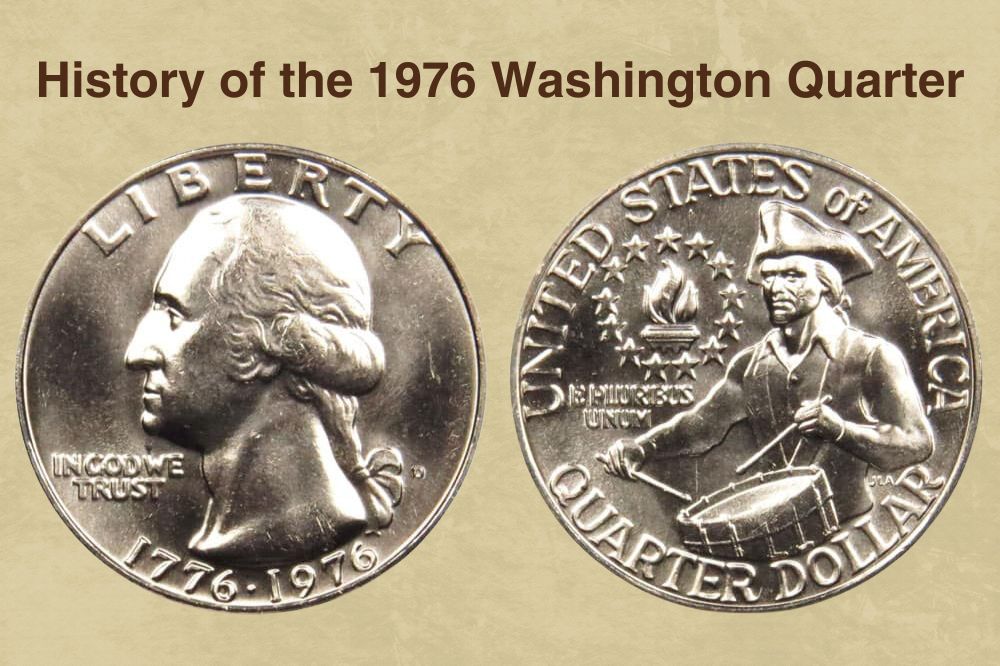
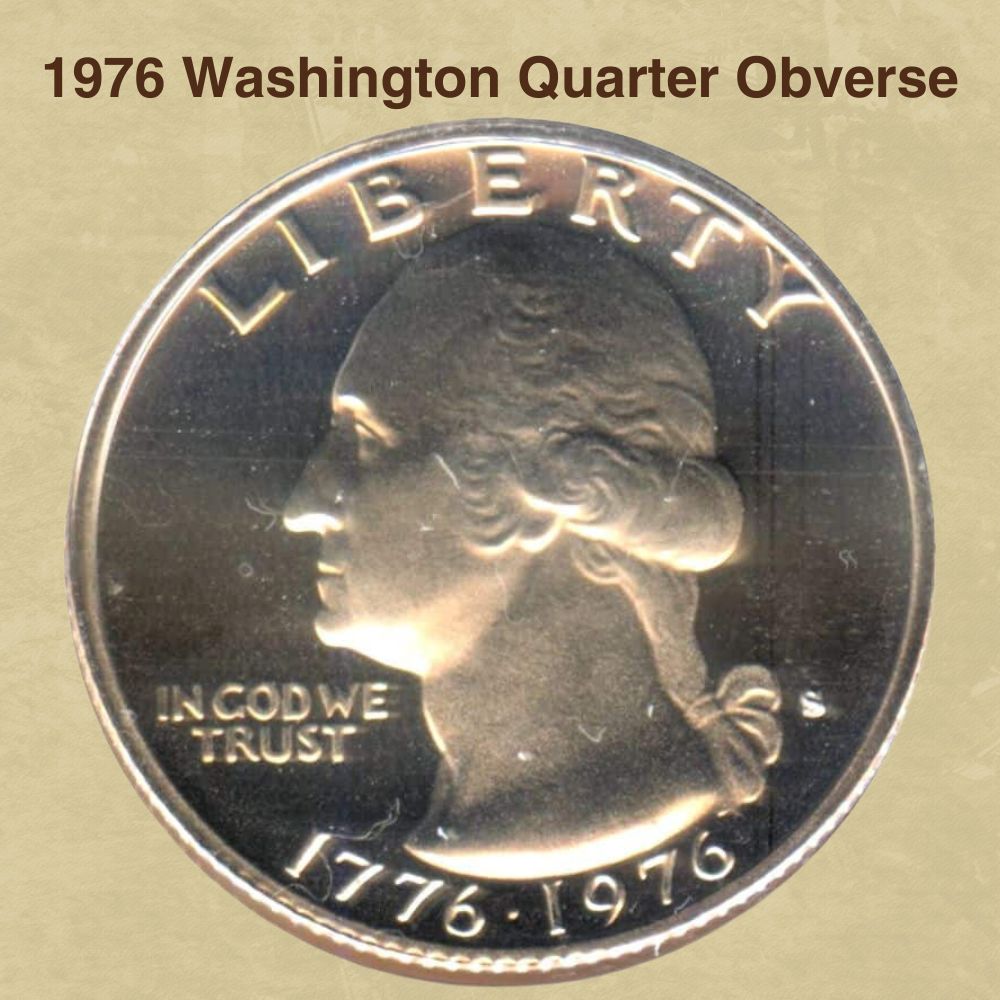
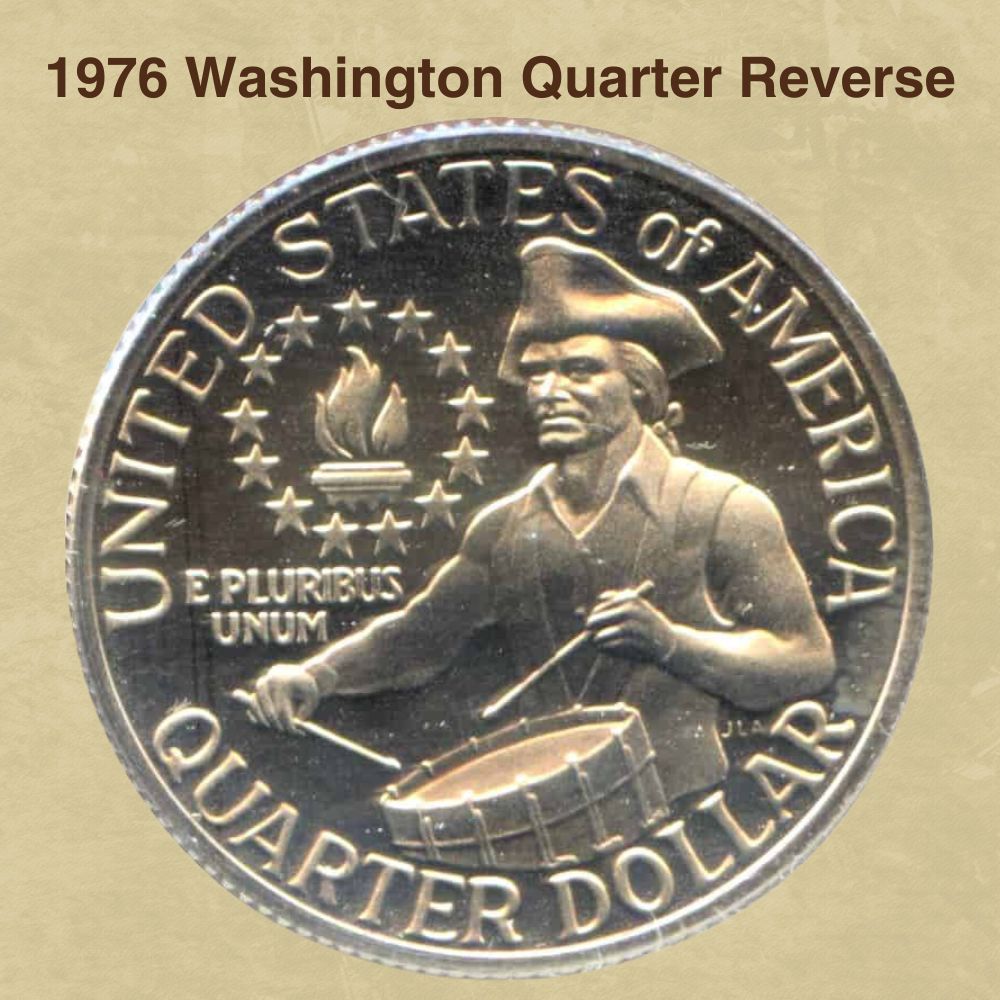
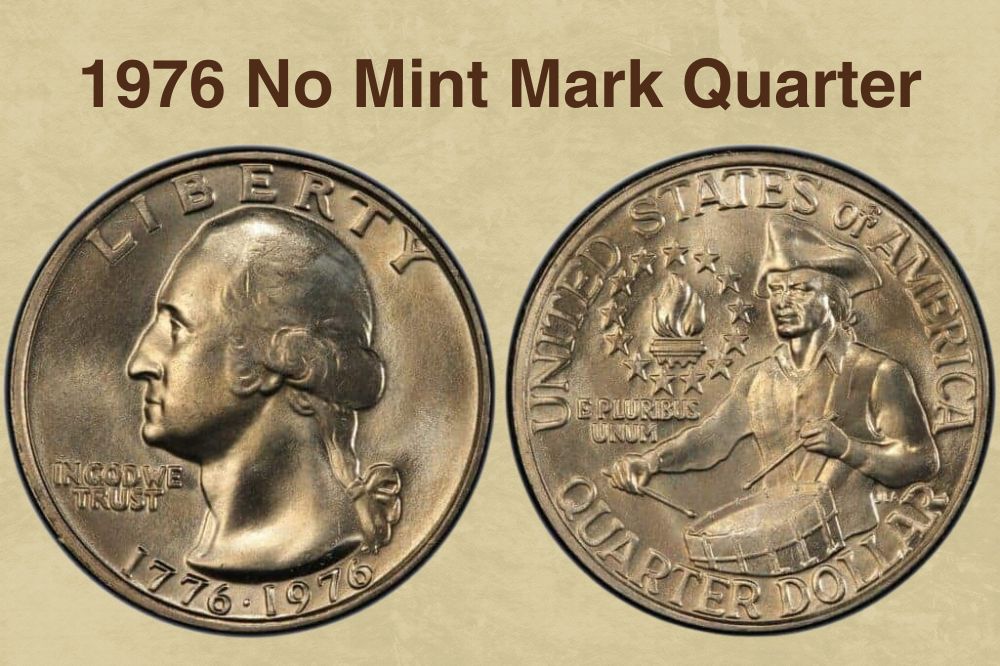
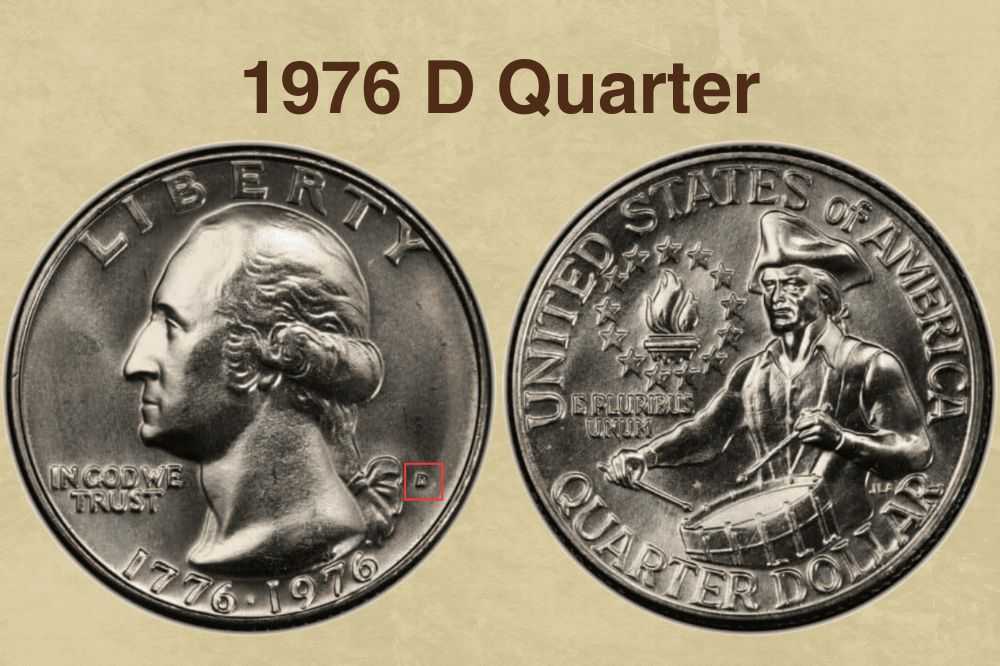
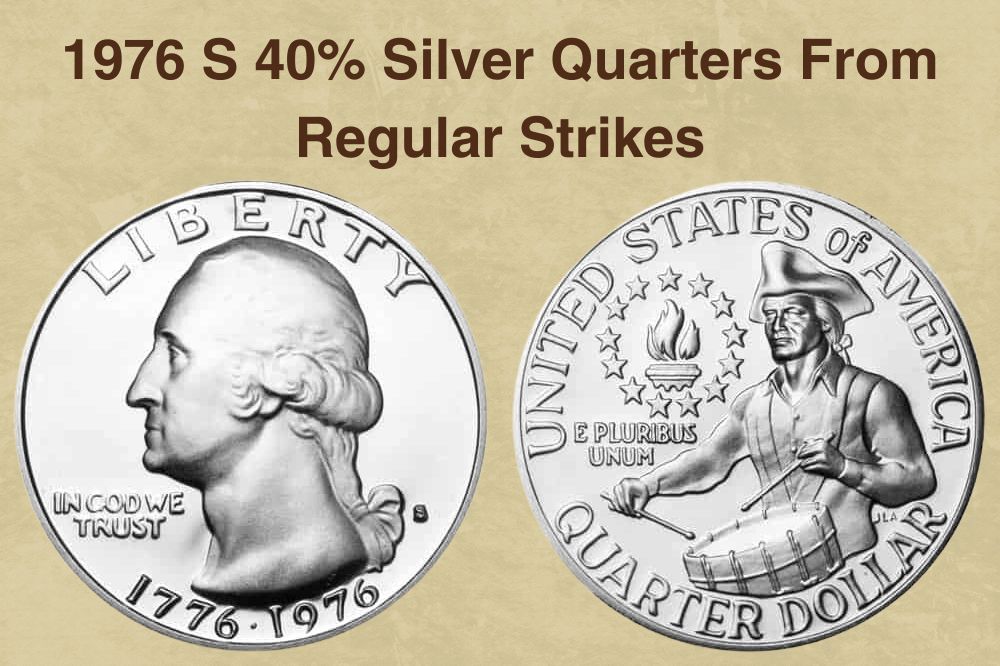
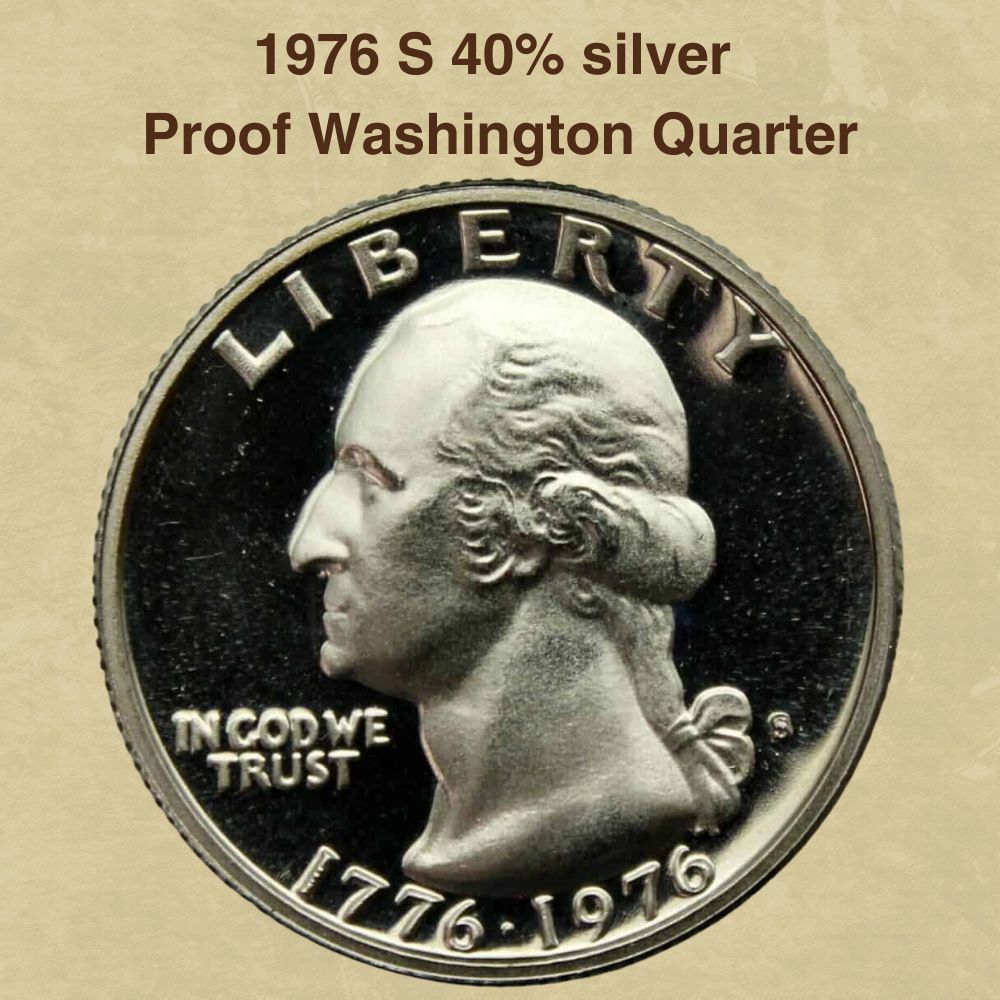
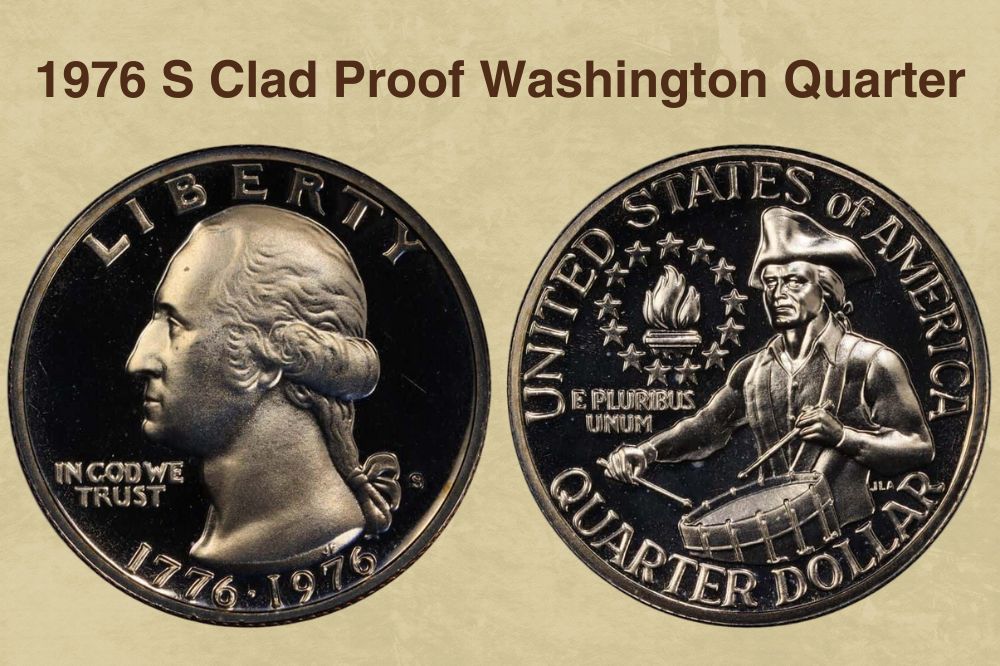
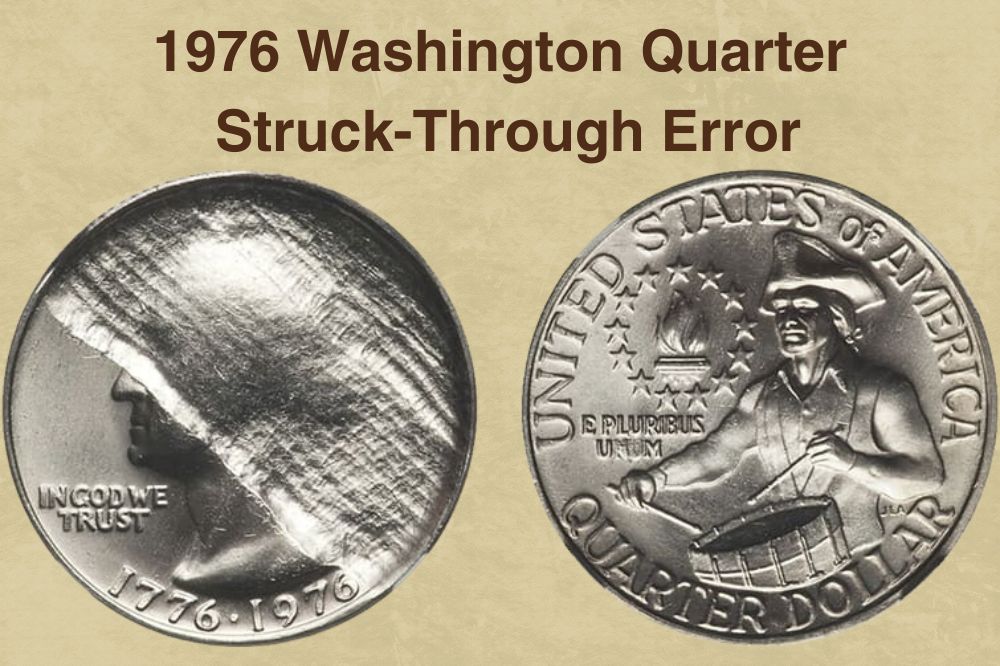
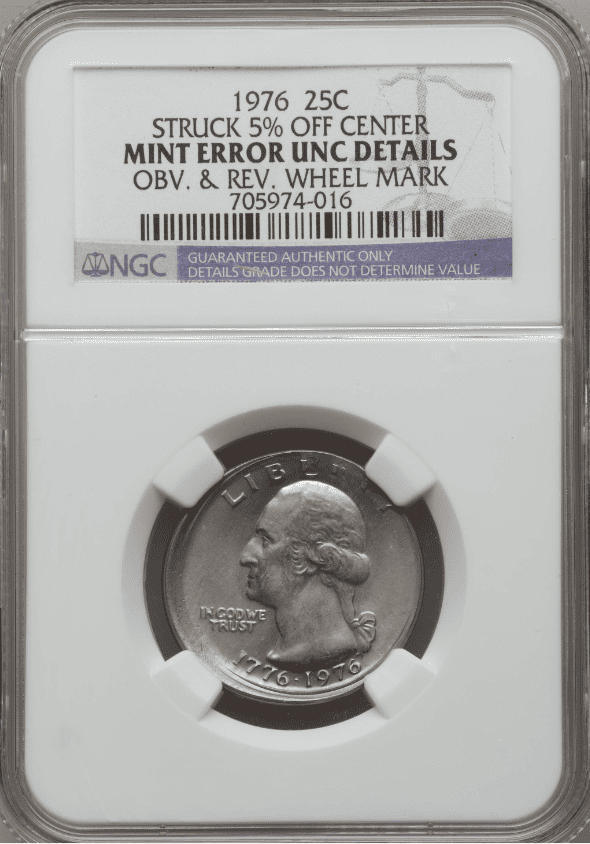
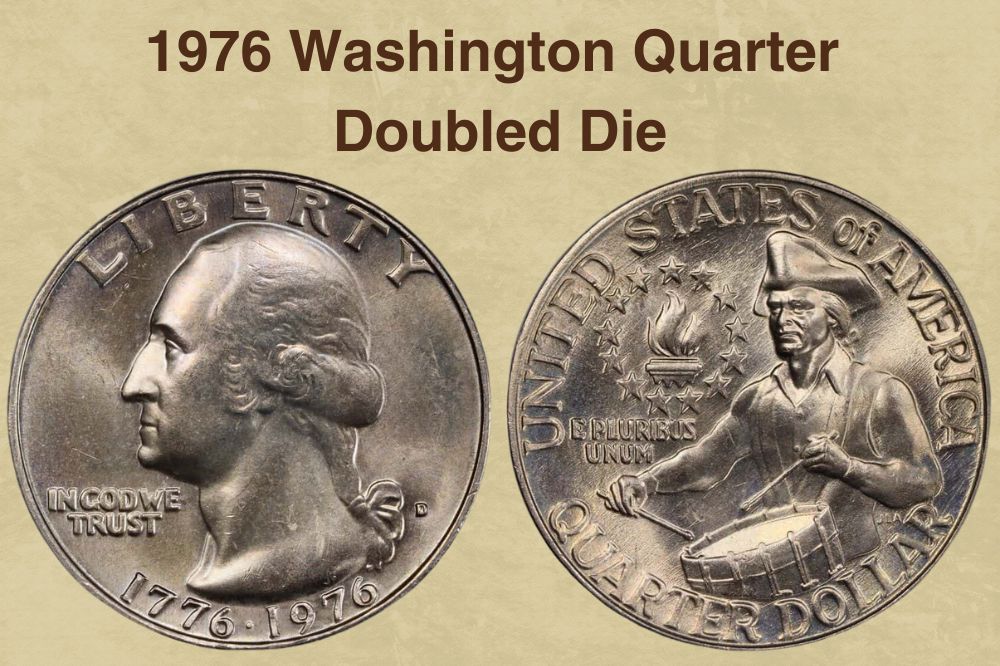
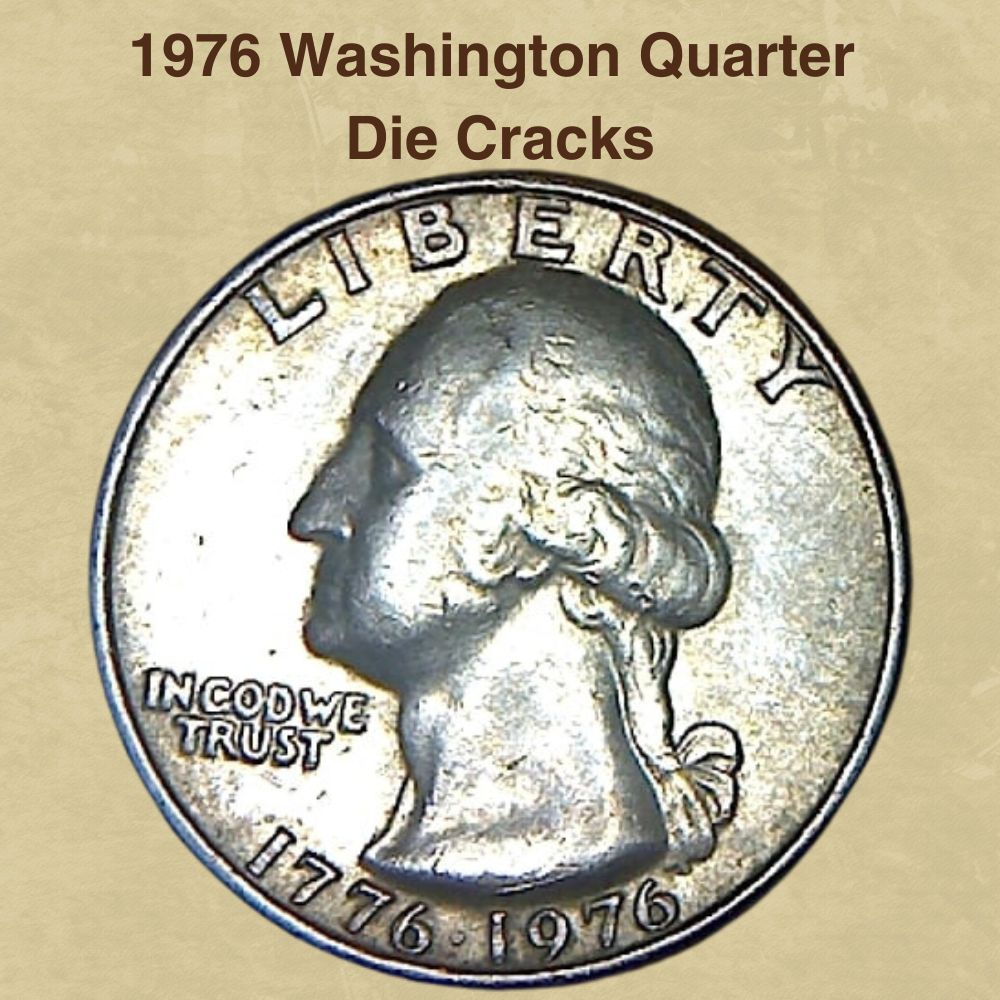
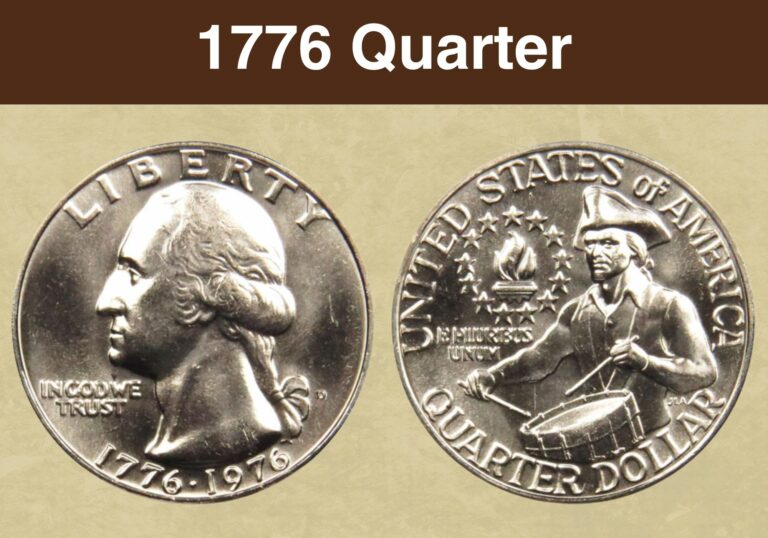
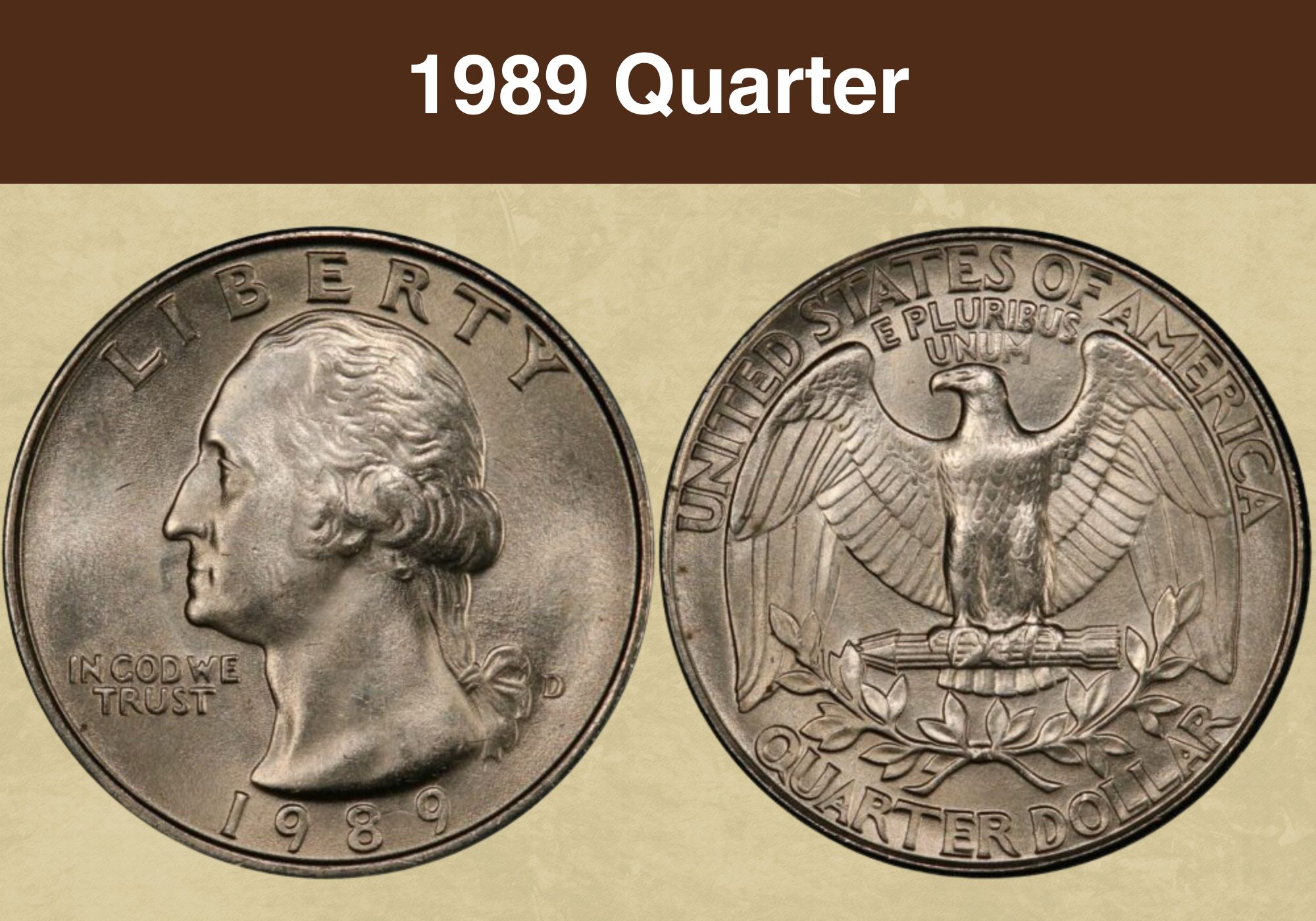
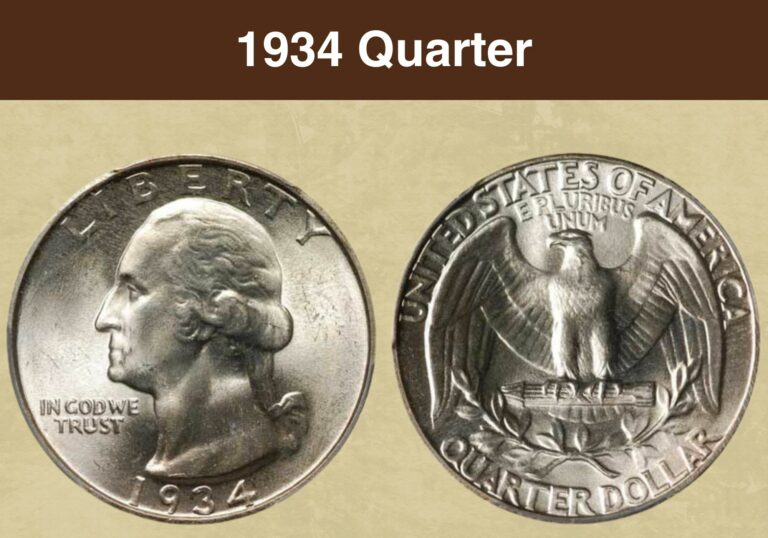
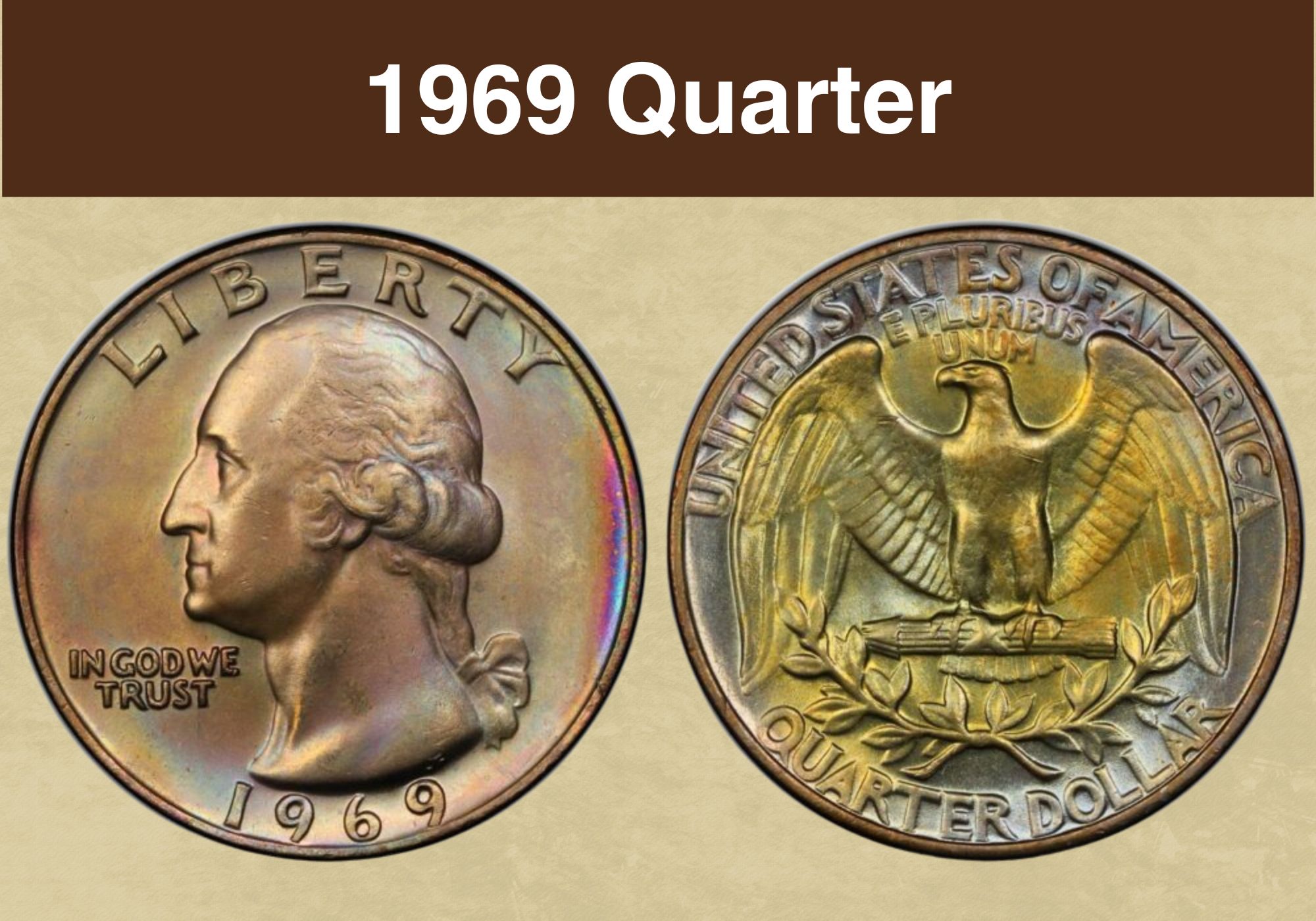
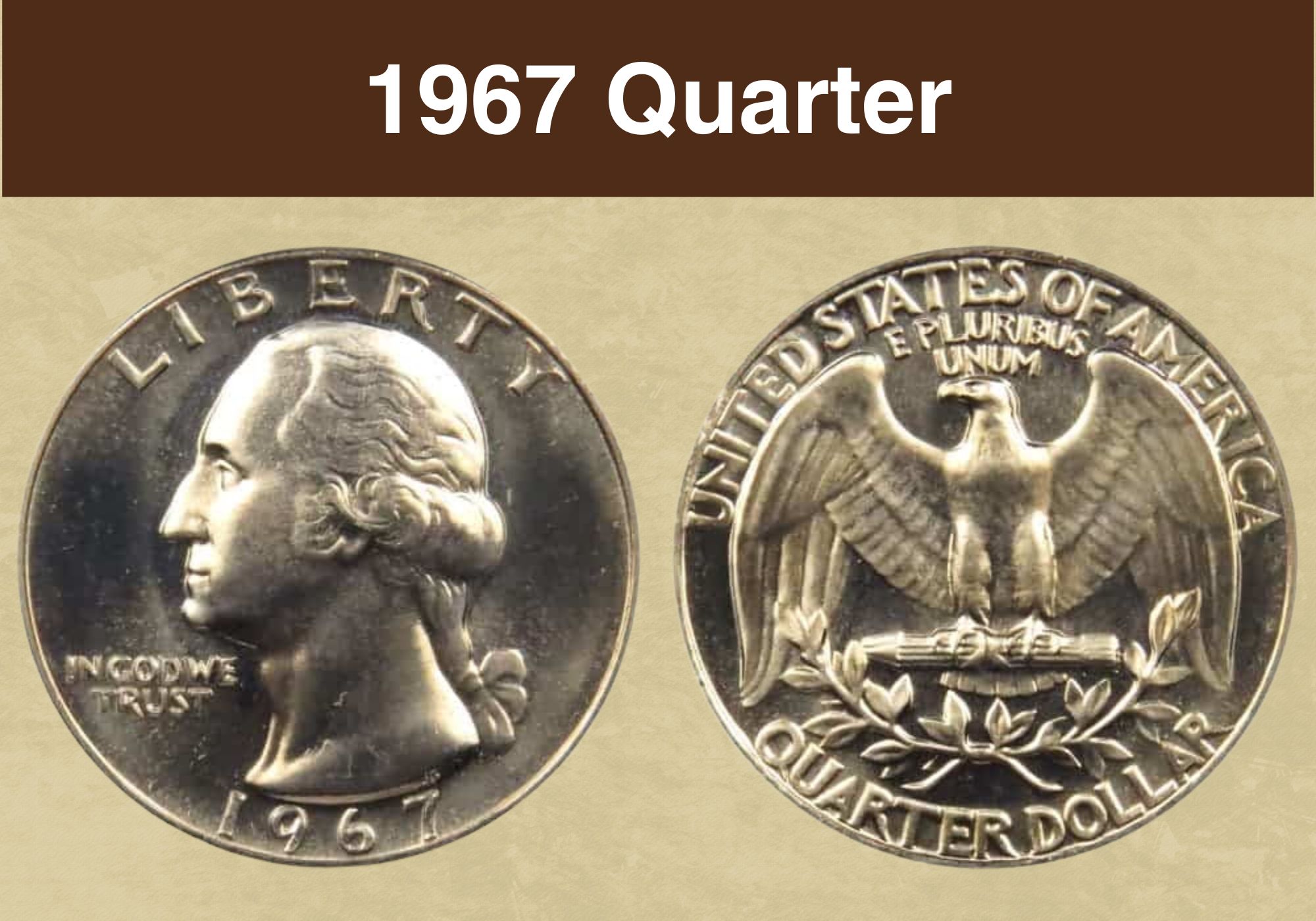
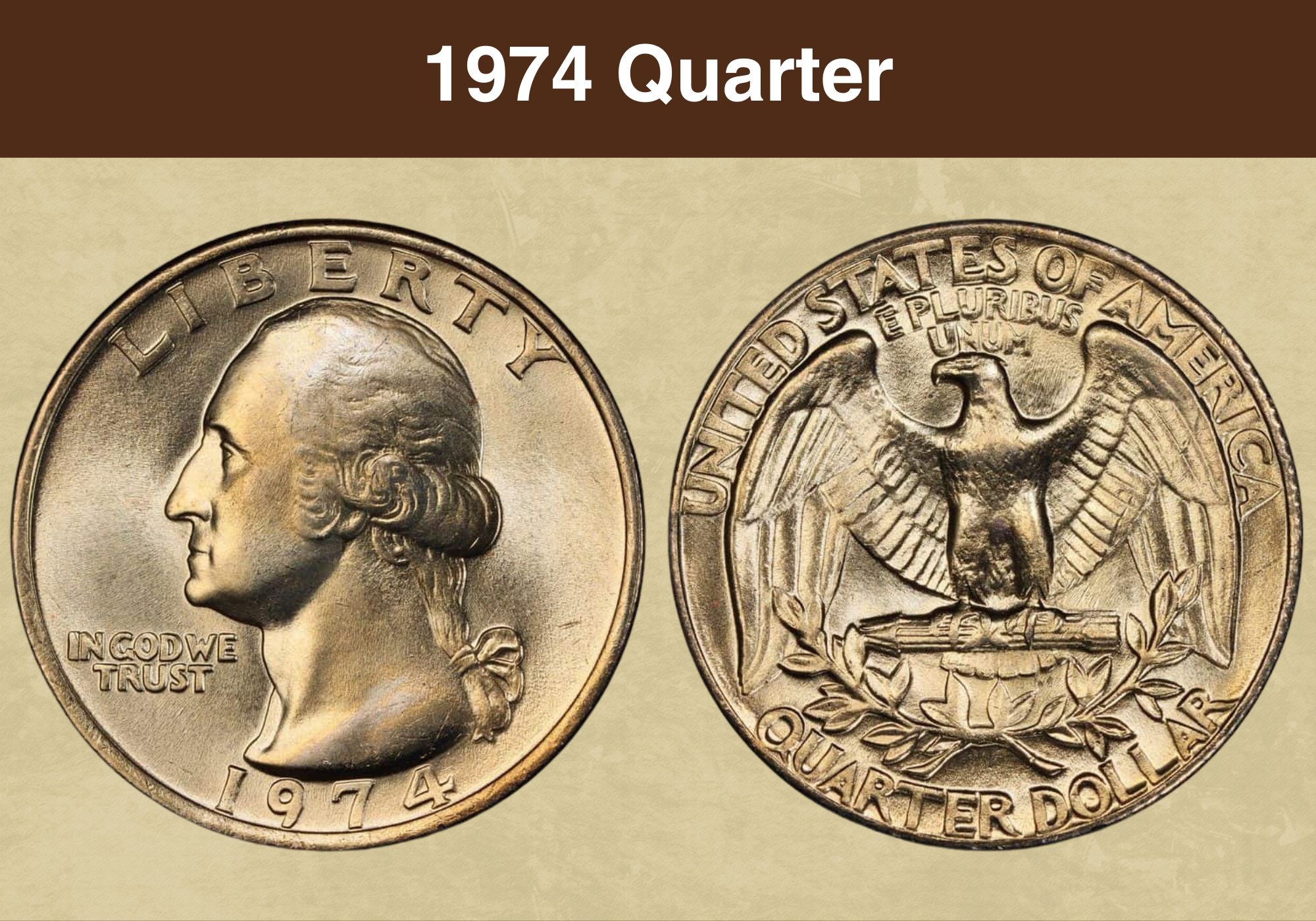
Can a 1967 bicentennial have filled d off center and double die
Did the regular 1976-P bicentennial quarter have a “P” mint mark visible?
If I have one with no mint mark, is that the rarity?
I have a bicentennial Denver mint quarter that the d is just like a glob he really don’t even look like a d